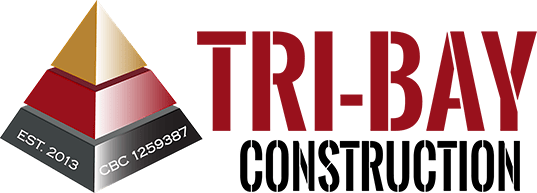We previously talked about the brothers, trust, and integrity. This article focuses on the following:
Let’s face the reality that higher costs are here to stay. While we all battle inflation and setbacks that began in 2020 with the onset of the pandemic and continue today, we still have choices in business and our personal lives. For many, 2021 resulted in catastrophic losses in our fight to overcome the many restrictions we incurred during and after the pandemic.
For some, the challenges were too numerous and overwhelming to overcome, and many small businesses could not go on and had to close permanently. For others, there were increased profits and minimal effects. And perhaps for many small business owners, the challenges resulted in fewer employees, significantly reduced revenue, and a period of just holding on long enough to keep our dreams alive.
For those fortunate enough to hold on, maintain and struggle through 2022, the turning point came in acceptance of the new reality; a changing marketplace where nothing seemed to be the same pre-pandemic. How business is conducted has become entirely new for consumers and businesses alike. In commercial construction, a schedule-driven industry, the supply chain and labor issues have become particularly challenging. Society’s work ethic seems to have been lost for many. Many hoped it would “return to normal.”
Those who realized that what once was, is a thing of the past and that changes had to happen to succeed. Tried and true sequences of building were no longer providing the expected. Creativity and increased cooperation have become a necessity. Because now E comes before D sometimes, new interactions and relationships had to be formed. Those who rarely crossed paths during a project find themselves working alongside trades they never did before. More foresight and increased earlier planning are the new norms.
The phrase “your lack of planning does not constitute an emergency for me” has become more apropos. Doing things the way they used to be done throughout a project will likely result in a very rough road, unhappy clients, and reduced profits.
Isolation, job loss, health issues, more societal angst, personal loss, political unrest, and so many other changes since the pandemic has forced us to look at how we interact with one another. Pressures from the pandemic and its results for each of us have led some to make decisions they ordinarily might not have made. Some of these decisions, intentionally or unintended, were hurtful. Some of these decisions have even allowed some to set aside their core values, no matter the consequence to others. Those on the wrong side of these decisions also have a choice. We can become victims and quit or lament our condition causing further negative consequences for ourselves, or we can recognize where we are, how we arrived there, and most importantly, what we are going to do about it.
This is where some will stand on their core values and thus stand alone at times. This is where some will remain defeated, and others will dig deep into those values and rise above the haze. Like the Phoenix mentioned earlier, we can renew ourselves, our business, and our relationships by standing by our core values of perseverance, integrity, faith, transparency, and trust. We can transform how we do things, communicate with others, and find new and inventive ways to serve others. What was once important becomes a higher priority. Core values are like the foundation of a building; the stronger they are, the more permanent they are. Removing any core values out of convenience or desperation will crumble a foundation and likely result in burned bridges, lost opportunities, and probably the most detrimental loss of respect.
Looking forward to the end of 2022 and ushering in 2023, we are optimistic and excited. Tri-Bay Construction continues to face the challenges of the past and the new normal in the commercial construction industry.
What has not changed is our core values, and they are permanent! Like the Phoenix, we are renewed and ready to provide whatever it takes to serve our past, current, and future clients.





